Fragments of frescoes survive under the dome of Gurdwara Rori Sahib. Photo credit: Haroon Khalid
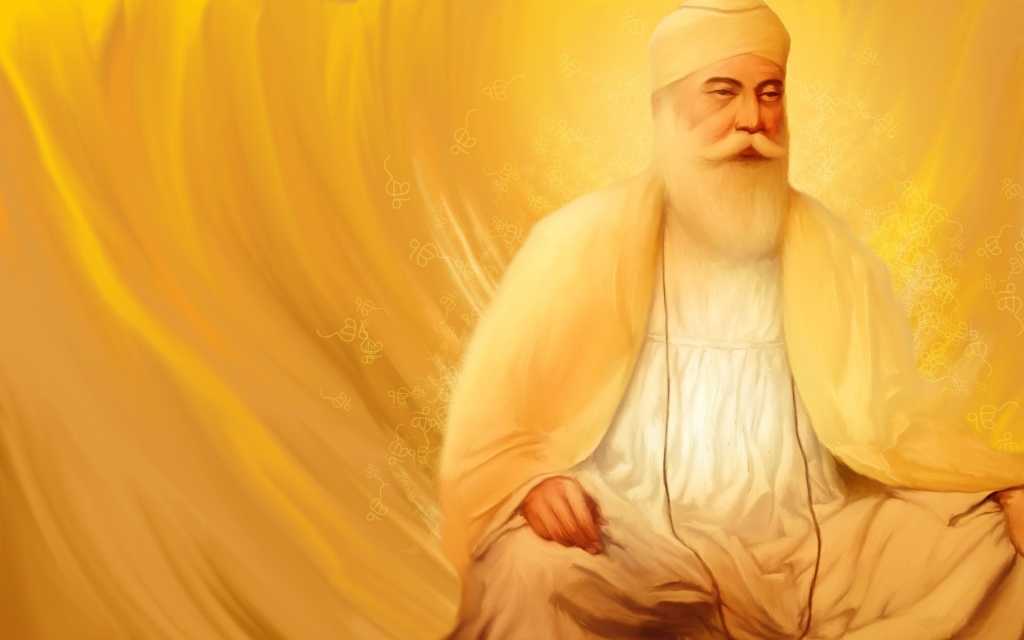
Guru Nanak Dev Ji ( ਗੁਰੂ ਨਾਨਕ), the founder and first Guru of Sikhism, was born in the year 1469, in the village Talwandi which is now known as Nankana Sahib in Punjab Pakistan. Sikhs around the world celebrate the auspicious occasion of Guru Nanak Dev Ji’s birth day in the month October-November.
Blessed with a deeply contemplative mind and rational thinking, young Nanak ji would often astound his elders and teachers with the sublimity of his knowledge, particularly on divine matters. Growing up, he refused to partake in traditional religious rituals, and often spoke out against several prevalent societal practices such as the Caste System, idolatry, and the worship of demi-Gods. By the age of 16, Guru Nanak Dev ji had mastered multiple religious texts and languages including Sanskrit, Persian, and Hindi, and was writing what many believed were divinely inspired compositions.
In the 18th and 19th centuries, the Sikhs rose to power under leadership of Ranjit Singh founding the first Sikh empire, which had its capital in Lahore which is also the birthplace of the fourth guru, Guru Ram Das, born in 1534 and his son, the fifth Guru Arjun Dev, who was tortured to death in 1606. The death of the fifth Guru is considered to be a defining moment in Sikhism after which the sixth Guru, Guru Har Gobind, started arming his followers.
During the reign of Maharaja Ranjit Singh and his successors, Lahore started recovering from the utter devastation and Mughal buildings were restored. Sikh reign, architecture was given royal patronage and number of buildings were added like Hazuri Bagh Baradari, the Samadhi of Maharaja Ranjit Singh, the Athdara and Sheesh Mahal, the haveli of Kharak Singh, the Samadhis of Maharaja Kharak Singh and Nau Nuhaal Singh, the Samadhi and shrine of Rani Chand Kaur, the haveli of Nau Nihal Singh, the Samadhi of Maharaja Sher Singh, and the Haveli of Rani Jinda, Amongst the buildings associated with the native courtiers include the Samadhi and Haveli of Jamadar Khushal Singh, the Samadhi of Raja Tej Singh, The Haveli and tomb of Nawab Shaikh Imamuddin, the Haveli of Jawala Singh Padhania, the Mai moran mosque and the Haveli and tomb of Rani Gul Begum.
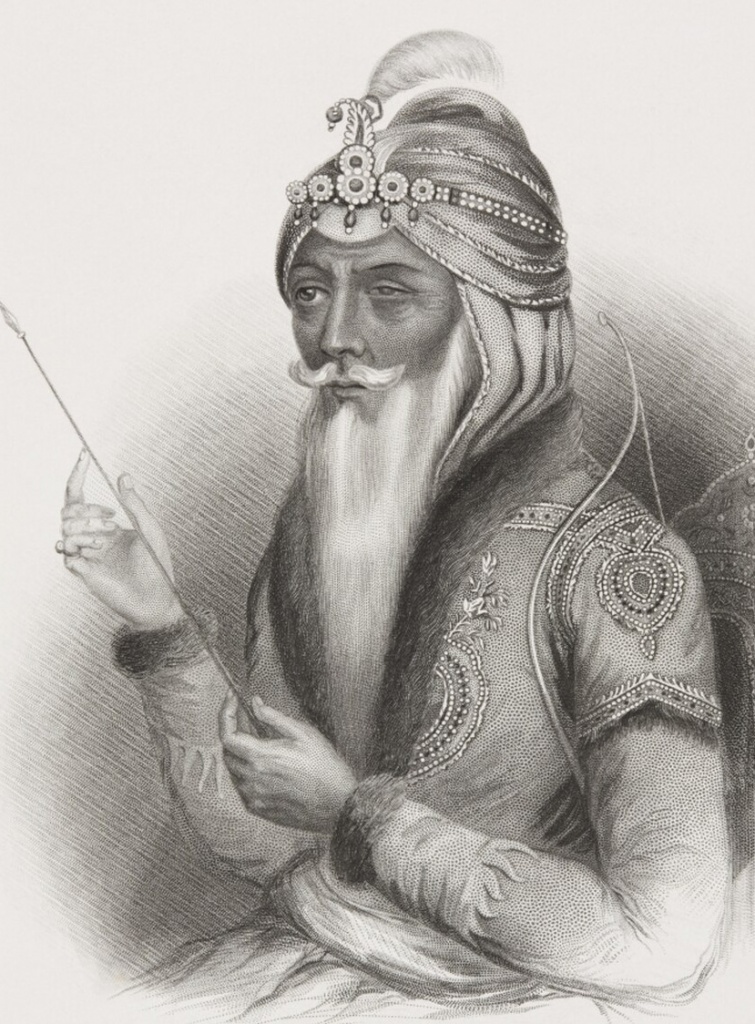
In the 18th and 19th centuries, the Sikhs rose to power under leadership of Ranjit Singh founding the first Sikh empire, which had its capital in Lahore which is also the birthplace of the fourth guru, Guru Ram Das, born in 1534 and his son, the fifth Guru Arjun Dev, who was tortured to death in 1606. The death of the fifth Guru is considered to be a defining moment in Sikhism after which the sixth Guru, Guru Har Gobind, started arming his followers.
During the reign of Maharaja Ranjit Singh and his successors, Lahore started recovering from the utter devastation and Mughal buildings were restored. Sikh reign, architecture was given royal patronage and number of buildings were added like Hazuri Bagh Baradari, the Samadhi of Maharaja Ranjit Singh, the Athdara and Sheesh Mahal, the haveli of Kharak Singh, the Samadhis of Maharaja Kharak Singh and Nau Nuhaal Singh, the Samadhi and shrine of Rani Chand Kaur, the haveli of Nau Nihal Singh, the Samadhi of Maharaja Sher Singh, and the Haveli of Rani Jinda, Amongst the buildings associated with the native courtiers include the Samadhi and Haveli of Jamadar Khushal Singh, the Samadhi of Raja Tej Singh, The Haveli and tomb of Nawab Shaikh Imamuddin, the Haveli of Jawala Singh Padhania, the Mai moran mosque and the Haveli and tomb of Rani Gul Begum.

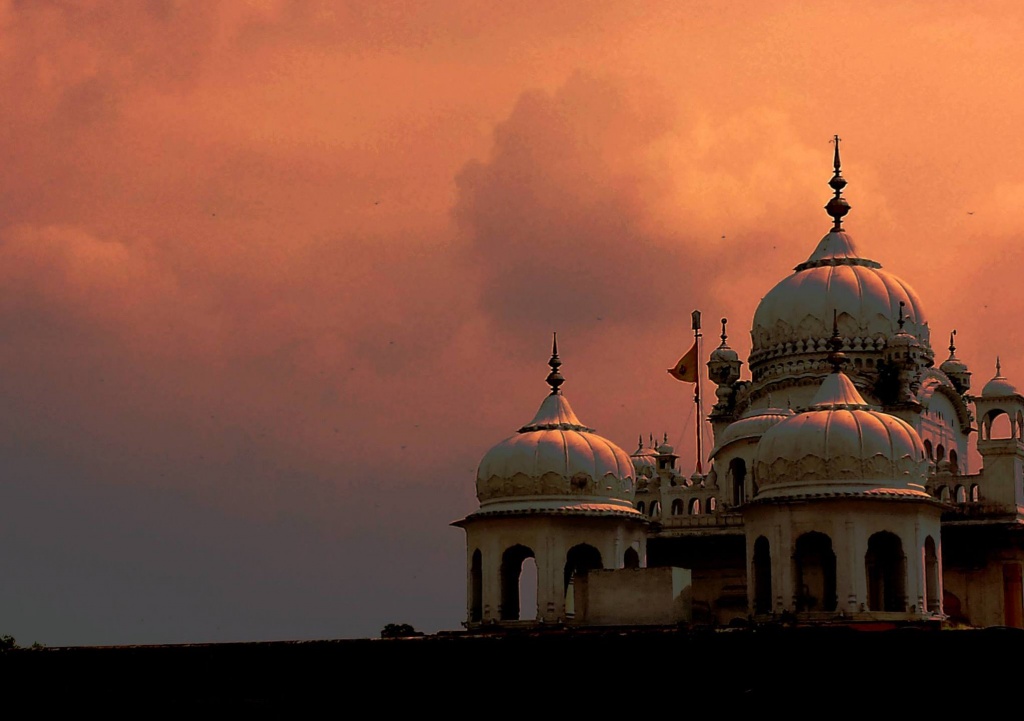
Architecture is the identity of people and civilizations. Across time and space, communities bounded by geography, ideology, language and spiritual path have created physical structures to represent their culture. In the same way, the typical quality of Sikh architecture lies in the expression of spiritual contents through its Gurudwaras (the Sikh place of worship).
The word ‘Gurudwara’ is compounded of guru (spiritual guide or master) and dwara (gateway or seat) and, therefore, has an architectural connotation. The Sikh Shrines are by and large commemorative buildings connected with the lives and times of the ten Sikh Gurus, or associated with certain places and events of historical significance. Most of the historical Gurudwaras were built, when the Sikhs gained political power in the Punjab. A Gurudwara can be spotted from a distance by a yellow triangular flag, called Nishan Sahib, hoisted from a pole in its compound. Water is an integral part of the Sikh Architecture. The use of water as an element of design has been frequently exploited in the Mughal and the Hindu architecture as well. Read More to understand Sikh Architecture of Karamjit Singh.

Architecture is the identity of people and civilizations. Across time and space, communities bounded by geography, ideology, language and spiritual path have created physical structures to represent their culture. In the same way, the typical quality of Sikh architecture lies in the expression of spiritual contents through its Gurudwaras (the Sikh place of worship).
The word ‘Gurudwara’ is compounded of guru (spiritual guide or master) and dwara (gateway or seat) and, therefore, has an architectural connotation. The Sikh Shrines are by and large commemorative buildings connected with the lives and times of the ten Sikh Gurus, or associated with certain places and events of historical significance. Most of the historical Gurudwaras were built, when the Sikhs gained political power in the Punjab. A Gurudwara can be spotted from a distance by a yellow triangular flag, called Nishan Sahib, hoisted from a pole in its compound. Water is an integral part of the Sikh Architecture. The use of water as an element of design has been frequently exploited in the Mughal and the Hindu architecture as well. Read More to understand Sikh Architecture of Karamjit Singh.
The-Sikh Legacy in Punjab
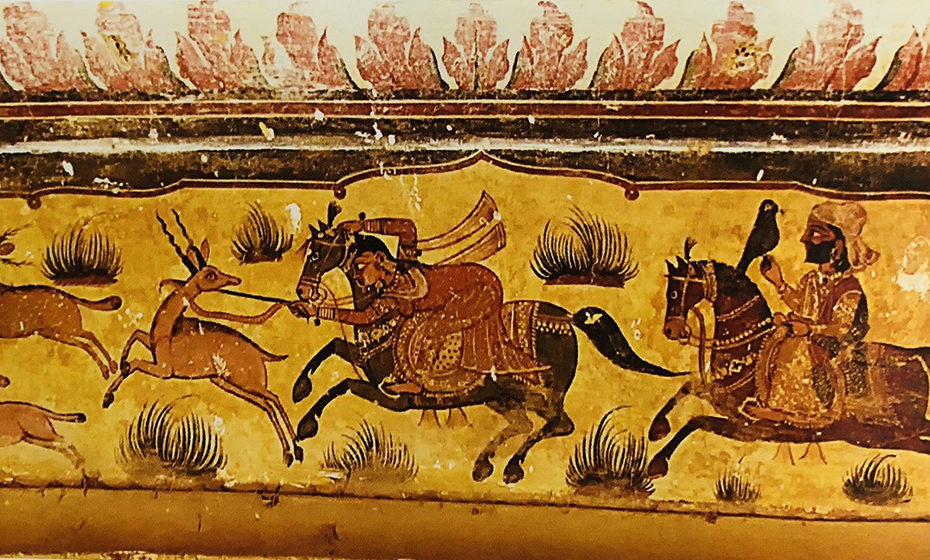
Sikh Architecture, is a style of architecture that is characterised with values of progressiveness, exquisite intricacy, austere beauty and logical flowing lines. This form of architecture was initially developed within Sikhism its style is used in many non-religious building due its beauty. 300 years ago, Sikh architecture was distinguished for its many curves and straight lines, Shri Keshgarh Sahib and the Golden Temple are prime examples and history of a gurdwara. Apart from buildings of religious order, Sikh architecture has secular types of forts, palaces, colleges, etc. The religious structure is the gurdwara, a place where the Guru dwells. A gurdwara is not only the all-important building of the Faith, as masjid or mosque of the Islamic faith and mandir or temple of the Hindu religion, but it is also, like its Islamic and Hindu counterparts, the keynote of Sikh architecture.
Gurudwara
Janam Asthan Nankana Sahib
Sikh royalty in Lahore


TDCP Hotel One Nankana is an elegantly furnished hotel offering impeccable room standards and furnishings. Enjoy vast lush green landscaping and walking tracks nearby, offering a chance to escape the hassles of the city. The hotel offers mouthwatering food prepared by skilled chefs. The hotel is situated near several notable places of Nankana, such as Gurdwara Janam Asthan and Quba Masjid. The city is known for its monuments and traditional architecture. For Gotel booking please contact.
Address: Hospital Road Near Stadium, Nankana Sahib, 39100 Nankana Sahib, Pakistan
Contact: TEL0092-56-2874200 / 0092-3184182669
FAX: E-MAIL: hotelone.nankana@hotelone.com.pk
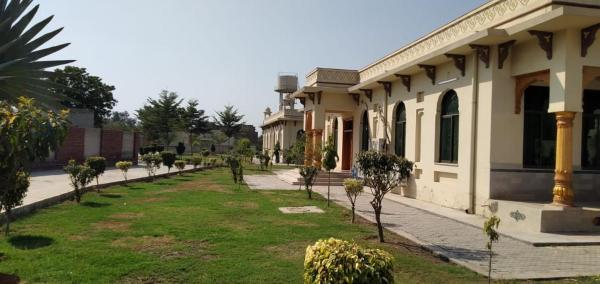

- Bhai Ram Singh: Inventor And Master Of Sikh Architecture – A Tribute By Dr SS Bhatti
- Understanding Sikh Architecture through the Sikh Shrines in East Punjab
- Reconsidering Sikh architecture: The Sama̅dhi of Maharaja Ranjit Singh in Lahore
The Sikh heritage in Pakistan by Ishtiaq Ahmed published in Daily Times MARCH 9, 2018
Haveli Naunihal Singh — a jewel in the heart of Lahore by Salman Ali MARCH 22, 2018

